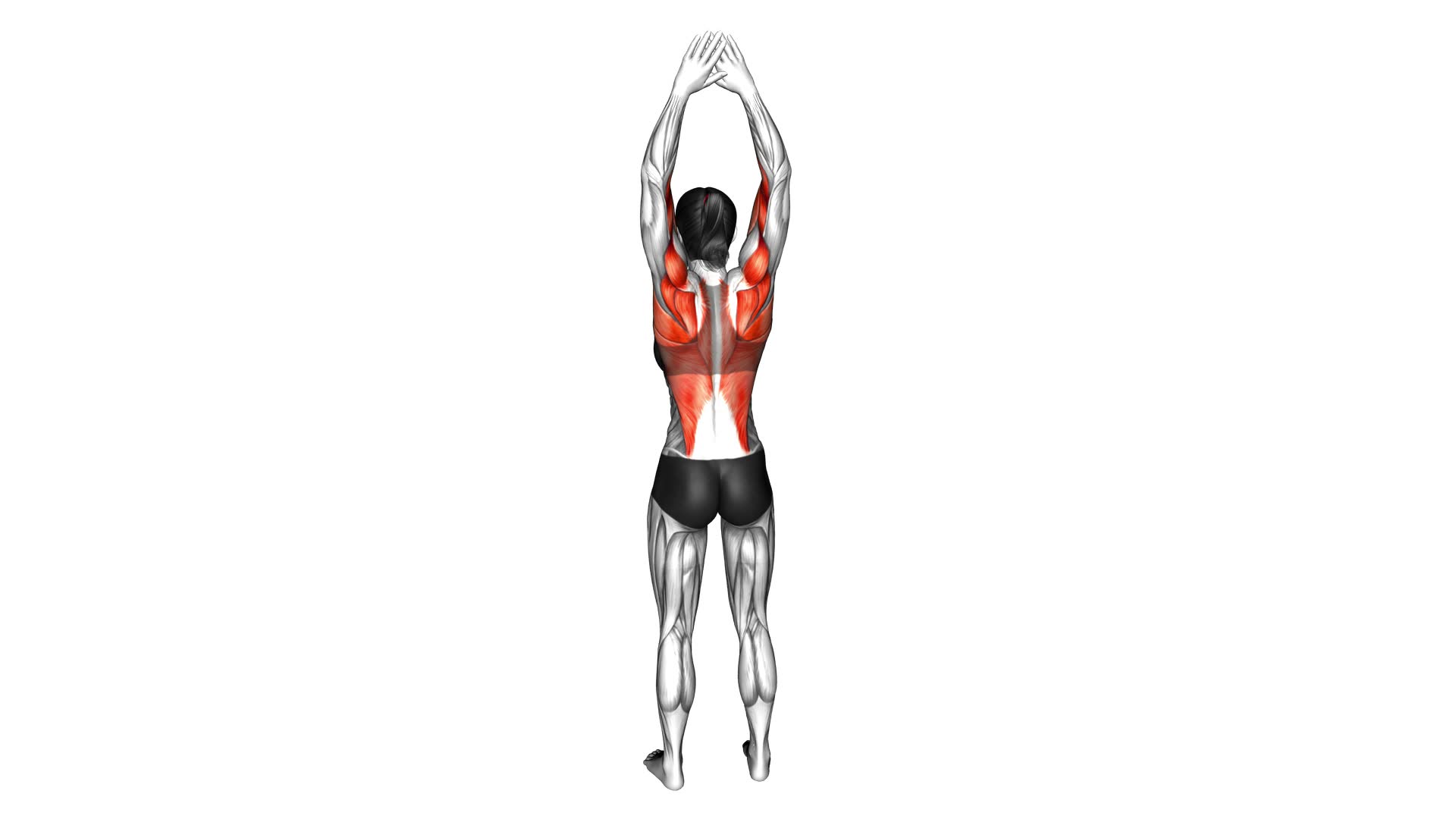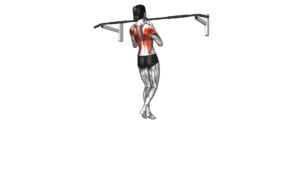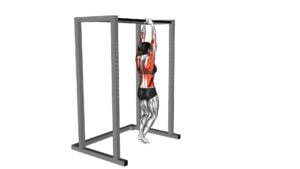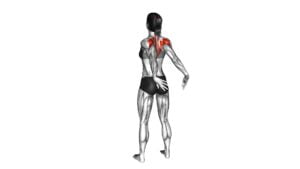Up and Down (female) – Video Exercise Guide & Tips

Are you looking for a fun and effective exercise routine? Look no further than 'Up and Down (female) – Video Exercise Guide & Tips {487712}'.
Watch This Exercise Video
This guide will show you the benefits of the up and down exercise and provide step-by-step instructions for proper form. It will also offer variations to challenge yourself, highlight common mistakes to avoid, and give you tips for maximizing your results.
Get ready to elevate your fitness game with this comprehensive video guide!
Key Takeaways
- Up and Down exercise improves overall fitness and strength.
- Up and Down exercise enhances balance and coordination.
- Up and Down exercise helps prevent falls and injuries.
- Up and Down exercise reduces stress and calms the mind.
Benefits of Up and Down Exercise
Discover the numerous benefits of the Up and Down exercise for improving your overall fitness and strength. Proper breathing during the Up and Down exercise is of utmost importance. When you inhale deeply through your nose, you provide your muscles with the oxygen they need to perform the exercise effectively. As you exhale through your mouth, you release any tension and allow for better movement. This controlled breathing technique not only maximizes the effectiveness of the exercise but also helps to calm your mind and reduce stress.
In addition to improving your breathing, the Up and Down exercise can greatly enhance your balance and coordination. As you move through the exercise, your body must constantly adjust and stabilize itself. This requires the activation of various muscles, including those in your core, legs, and arms. By regularly practicing the Up and Down exercise, you can improve your proprioception, which is your body's ability to sense its position in space. This heightened sense of body awareness can help prevent falls and injuries and improve your performance in other physical activities.
Step-by-Step Guide for Proper Form
To ensure proper form and maximize the benefits of the Up and Down exercise, follow these step-by-step instructions:
- Start by standing with your feet hip-width apart and your arms extended in front of you. Engage your core muscles and keep your spine neutral throughout the exercise.
- Begin by lowering your body into a squat position. Keep your weight in your heels, and lower until your thighs are parallel to the ground. Make sure your knees are tracking over your toes and not caving inwards.
- From the squat position, explosively jump up as high as you can. Extend your arms overhead for added momentum.
- Land softly back into the squat position, using your leg muscles to absorb the impact. Remember to keep your knees aligned with your toes and maintain proper form.
Common errors to avoid include:
- Allowing your knees to cave inwards during the squat. This can put unnecessary stress on your knees and increase the risk of injury.
- Not engaging your core muscles. Keeping your core tight helps stabilize your body and maintain proper alignment.
- Landing with a loud thud. Aim to land softly to reduce the impact on your joints.
Variations to Challenge Yourself
Try incorporating these challenging variations into your Up and Down exercise routine.
To further challenge yourself and take your workout to the next level, you can try some advanced modifications and explore different equipment options.
First, let's talk about advanced modifications. Once you have mastered the basic Up and Down exercise, you can try adding a jump at the top of each movement. This won't only engage your lower body muscles but also increase the intensity of the exercise.
You can also try performing the exercise on an unstable surface, such as a balance board or a Bosu ball. This will require more core stability and coordination, making the exercise more challenging.
Next, let's explore equipment options. If you want to add resistance to your Up and Down exercise, you can use dumbbells or kettlebells. Holding weights in your hands while performing the exercise will increase the workload on your muscles.
Another option is to use resistance bands, which will provide continuous tension throughout the movement.
Incorporating these advanced modifications and exploring different equipment options will help you challenge yourself and continue making progress with your Up and Down exercise routine. Remember to always listen to your body and choose modifications and equipment that suit your fitness level and goals.
Common Mistakes to Avoid
To ensure proper form and maximize the effectiveness of your Up and Down exercise, it's important to be aware of common mistakes that you should avoid. Here are some ways to improve your technique and avoid these common mistakes:
- Rounding your back: Keep your back straight throughout the entire exercise. Rounding your back can put unnecessary strain on your spine and increase the risk of injury.
- Using momentum: Avoid using momentum to complete the movement. Instead, focus on engaging your muscles and controlling the movement both on the way up and down. This will ensure that you're getting the most out of the exercise.
- Not going low enough: Make sure you're going all the way down until your thighs are parallel to the ground. This will engage your glutes and quads more effectively.
- Neglecting proper breathing: Remember to breathe properly during the exercise. Inhale as you lower yourself down and exhale as you push yourself back up. This will help you maintain control and stability throughout the movement.
Tips for Maximizing Results
To maximize your results with the Up and Down exercise, focus on maintaining proper form and executing each movement with controlled precision. By doing so, you can ensure that you're getting the most out of your workout and maximizing gains.
One important tip for maximizing results is to pay attention to your breathing. It's essential to inhale during the downward movement and exhale as you push yourself up. This breathing technique helps engage your core muscles and provides stability throughout the exercise.
Another efficient workout technique is to vary the speed and tempo of your movements. By incorporating slow and controlled repetitions, you can target specific muscle groups and increase the intensity of your workout. Additionally, mixing in fast-paced repetitions can help improve your cardiovascular endurance.
It's also crucial to listen to your body and adjust the exercise to your fitness level. If you're just starting, you can modify the exercise by using a chair or wall for support. As you progress, challenge yourself by increasing the number of repetitions or adding weights to intensify the workout.
Frequently Asked Questions
How Many Calories Does the up and Down Exercise Burn?
The up and down exercise is a great way to burn calories and work your muscles.
To perform it properly, start by standing with your feet shoulder-width apart. Bend your knees and lower your body down as if you're sitting back into a chair. Keep your back straight and your chest lifted. Then, push through your heels to stand back up.
For more advanced fitness levels, you can add weights or perform jump squats. These variations will increase the intensity and calorie burn of the exercise.
Can the up and Down Exercise Be Modified for Beginners?
Yes, the up and down exercise can be modified for beginners.
There are several beginner modifications and variations that can make this exercise more manageable for those who are just starting out.
By starting with smaller movements and gradually increasing the range of motion, beginners can build strength and improve their form over time.
It's important to listen to your body and only push yourself as far as you feel comfortable.
Is It Safe to Do the up and Down Exercise if I Have Knee or Back Problems?
If you have knee or back problems, it's important to be cautious when doing the up and down exercise. This exercise puts pressure on the knees and back, which can worsen your pain.
It's better to focus on knee/back pain management and find alternative exercises that don't strain these areas. Consult with a healthcare professional or a certified trainer who can guide you in finding safe and effective exercises for your specific condition.
How Many Repetitions of the up and Down Exercise Should I Aim For?
When it comes to the up and down exercise, it's important to properly perform it to reap its benefits.
Incorporating this exercise into your fitness routine can be beneficial for building strength and endurance.
As for the number of repetitions, it's recommended to start with a manageable number and gradually increase as you become more comfortable.
Remember to listen to your body and stop if you feel any pain or discomfort.
Can the up and Down Exercise Help With Weight Loss?
The Up and Down exercise is a great addition to your weight loss routine. It can help you burn calories and strengthen your muscles.
You can combine the Up and Down exercise with other exercises for even better weight loss results. Try incorporating it into a circuit workout or pairing it with cardio exercises like running or jumping rope.
Remember to always consult with a fitness professional before starting any new exercise routine.
Conclusion
In conclusion, the up and down exercise is a great way to strengthen your muscles and improve your overall fitness.
By following the step-by-step guide and avoiding common mistakes, you can ensure proper form and maximize your results.
Don't be afraid to challenge yourself with variations of this exercise to continue progressing.
Remember to stay consistent and make the most out of your workouts for optimal benefits.

Author
Years ago, the spark of my life’s passion ignited in my mind the moment I stepped into the local gym for the first time. The inaugural bead of perspiration, the initial endeavor, the very first surge of endorphins, and a sense of pride that washed over me post-workout marked the beginning of my deep-seated interest in strength sports, fitness, and sports nutrition. This very curiosity blossomed rapidly into a profound fascination, propelling me to earn a Master’s degree in Physical Education from the Academy of Physical Education in Krakow, followed by a Sports Manager diploma from the Jagiellonian University. My journey of growth led me to gain more specialized qualifications, such as being a certified personal trainer with a focus on sports dietetics, a lifeguard, and an instructor for wellness and corrective gymnastics. Theoretical knowledge paired seamlessly with practical experience, reinforcing my belief that the transformation of individuals under my guidance was also a reflection of my personal growth. This belief holds true even today. Each day, I strive to push the boundaries and explore new realms. These realms gently elevate me to greater heights. The unique combination of passion for my field and the continuous quest for growth fuels my drive to break new ground.







